When you see reptiles or amphibians basking motionless on warm rocks, they aren’t “being lazy”—they’re regulating body temperature. These are cold-blooded animals in everyday language; in biology we call them ectotherms: creatures that cannot keep a stable body temperature using metabolism alone and instead rely heavily on environmental heat.
Below is a clear, publication-ready guide to what “cold-blooded” really means, the key traits of ectotherms, and 35 representative species across major groups.
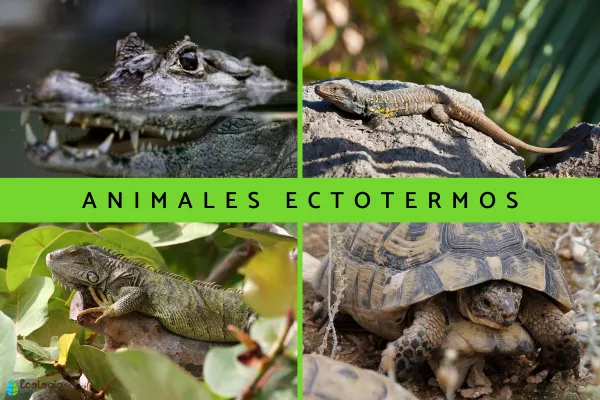
“Cold-blooded” does not mean their blood is always cold. It means body temperature largely tracks the environment. Ectotherms warm up by basking, cool down in shade or water, alter posture and orientation, choose specific microhabitats, dig burrows, and time their activity to the most favorable hours.
Helpful terms:
Ectothermy: temperature control mainly from external heat sources.
Poikilothermy: body temperature varies with the environment (often overlaps with ectothermy).
Gigantothermy / regional endothermy: some large fish (e.g., tunas, white sharks) and sea turtles maintain warmer tissues than ambient water via size or specialized heat-exchange anatomy—even though they are ectotherms overall.
Limited metabolic heat: they produce some heat but not enough to hold a constant internal temperature.
Enzyme flexibility: often possess temperature-tuned enzyme variants, staying active across broader temperature ranges.
Behavioral thermoregulation: basking, seeking shade/water, altering body orientation or contact area, burrowing.
Lower food demand: they don’t need constant feeding to fuel heat production, so overall energy needs are lower than warm-blooded animals.
Vascular adjustments: peripheral vasodilation/vasoconstriction speeds or limits heat exchange.
Across phyla: includes invertebrates (many insects, crustaceans, mollusks) and vertebrates (most fishes, virtually all amphibians, most reptiles).
Names given as Common name (Scientific name).
Crocodiles (Crocodylus spp.)
Spend nights in warmer water, sunrise on land with mouths agape to increase surface area—classic water–land shuttling for temperature control.

Ocellated lizard (Timon lepidus)
In hot, dry spells it may soak in rivers or marshes to cool.
South American rock lizards (Phymaturus spp.)
Darker pigmentation (melanism) speeds morning warm-up, extending time for foraging or reproduction in cold sites.
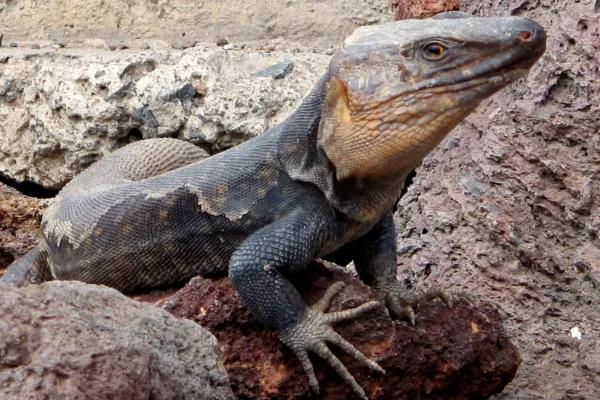
Iberian rock lizards (Iberolacerta spp.)
Live at high elevations with short basking windows and are highly climate-sensitive, making them a focus of thermal ecology and conservation.
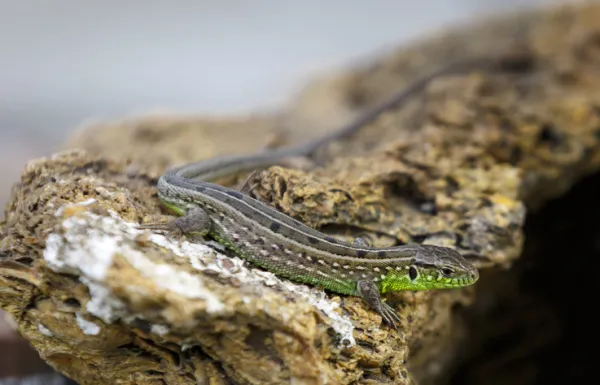
Vipers (family Viperidae)
Warm via sun-heated rocks (conduction + radiation) and use fast peripheral vascular control to match ambient changes.

Sea turtles (order Testudines)
Many, especially large sea turtles, show gigantothermy: big bodies, high heat capacity. They remain ectotherms overall but let body temperature track warm water masses and solar exposure.
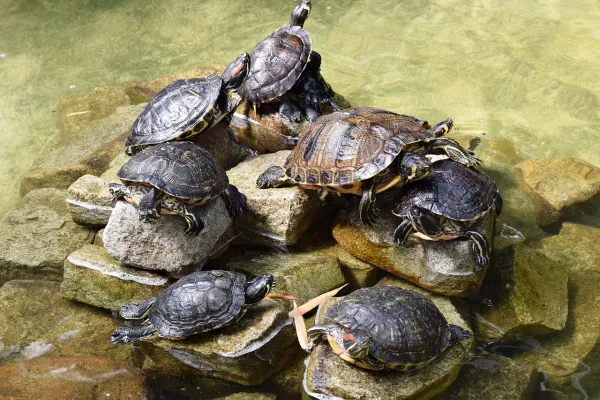
Common toad (Bufo bufo)
If energy and temperature needs are met, can persist long periods with little food; relies on cool, moist refuges to avoid overheating/desiccation.
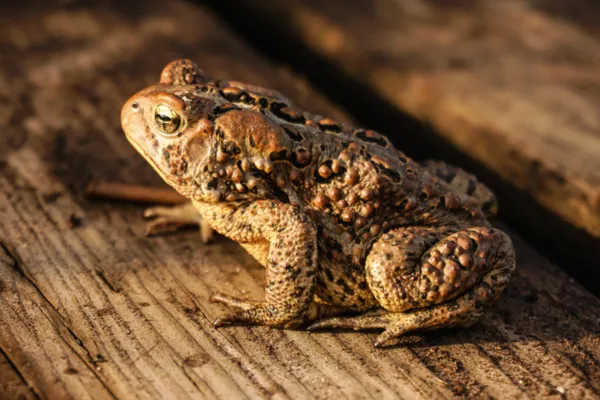
Ants (family Formicidae)
Often place nests beneath sun-warmed stones, using the “stone blanket” to maintain nest temperatures above ambient soil.
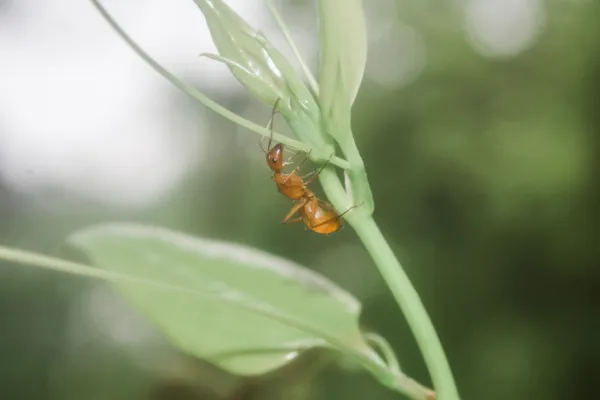
Crickets (Gryllidae), grasshoppers (suborder Caelifera)
Textbook behavioral thermoregulators: at dawn face the sun on vertical stems, then move to ground to absorb re-radiated heat.
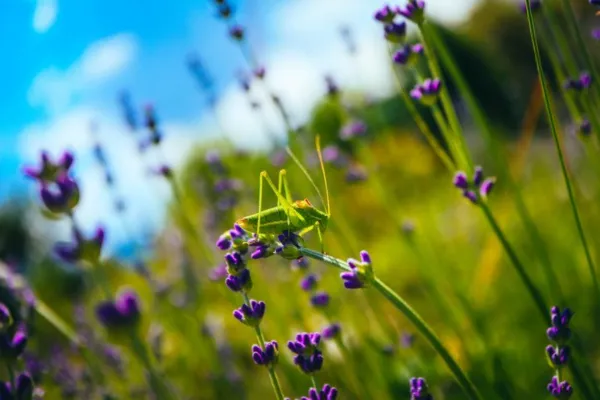
Tunas (Thunnus spp.)
Red swimming muscles and counter-current heat exchangers (rete mirabile) keep muscles warm for speed and endurance.
Ocean sunfish (Mola mola)
Vertical shuttling finds preferred thermal layers; surface basking aids recovery after deep, cold foraging dives.

Rays, skates and many sharks are ectotherms, but some big predators exhibit regional endothermy (warming eyes/brain/red muscle) to sharpen hunting in cool water.
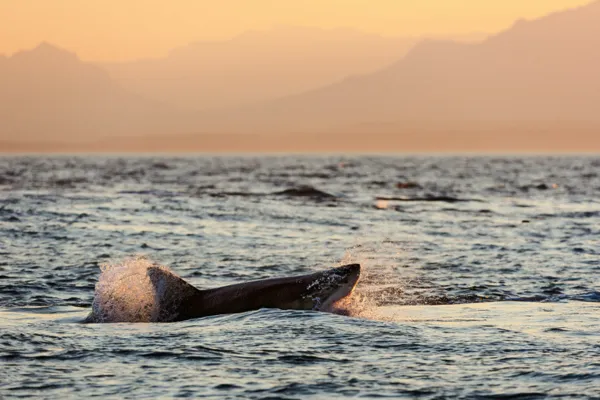
Green/common iguana (Iguana iguana)
Up to 2 m, 15 kg; long daily basking bouts in canopies, mangroves, or warm pastures; pronounced 12/12 h activity–rest rhythm.
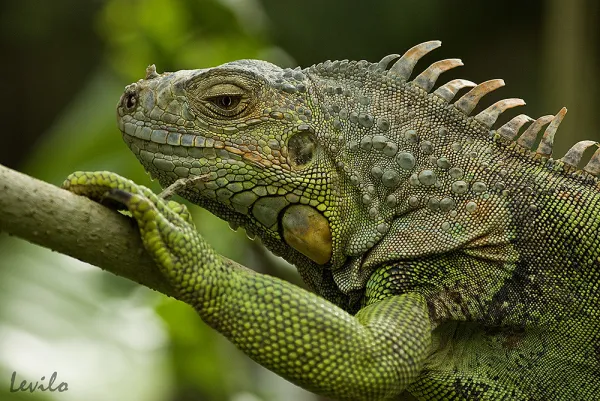
Gila monster (Heloderma suspectum)
One of the few venomous lizards; ~60 cm, generally slow and non-aggressive. Ectothermy is evident in its reliance on burrows, shade, and limited activity during heat.

Great white shark (Carcharodon carcharias)
Globally assessed as Vulnerable. Possesses regional endothermy that elevates red muscle/visceral/ocular temperatures above seawater.
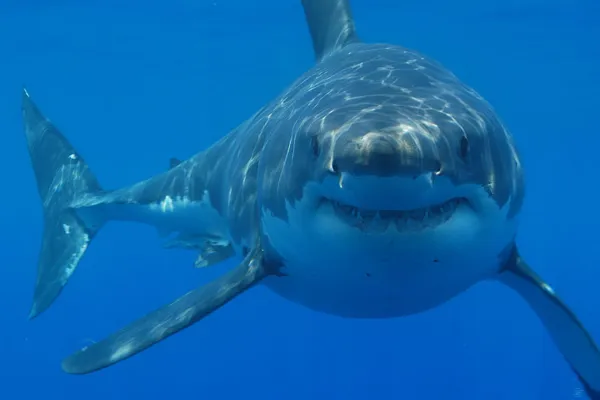
Migratory locust (Locusta migratoria)
A major agricultural pest during swarm phases. Flight and feeding require prior warm-up via basking or muscle shivering.
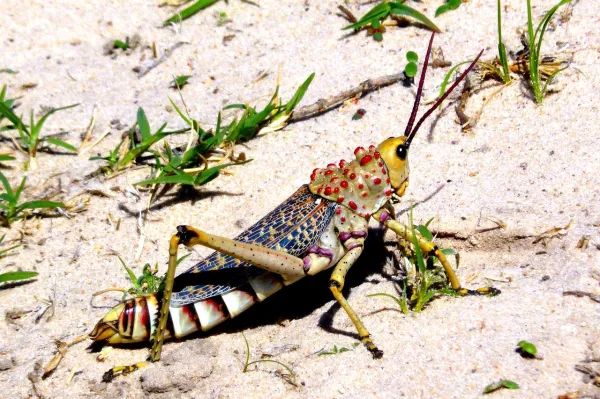
Gold tegu (Tupinambis teguixin)
Widely distributed in northern South America; to ~1.5 m in total length. Most active in warm months; becomes torpid or hibernates in cooler seasons.
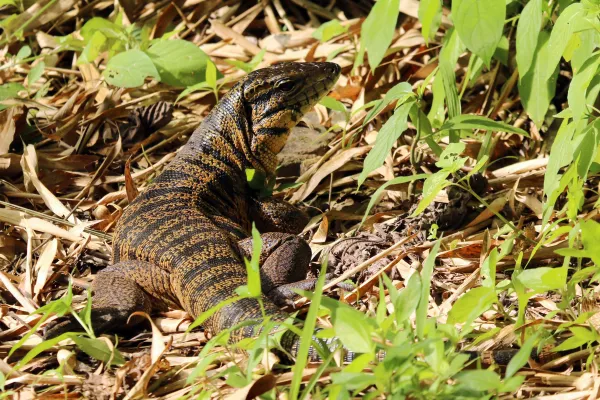
Amphibians & reptiles
Hairy frog (Trichobatrachus robustus)
Nile crocodile (Crocodylus niloticus)
Hawksbill sea turtle (Eretmochelys imbricata)
Green anaconda (Eunectes murinus)
Emerald tree boa (Corallus batesii; often treated as C. caninus)
Komodo dragon (Varanus komodoensis)
Rattlesnakes (Crotalus spp.)
Olive ridley sea turtle (Lepidochelys olivacea)
Montpellier snake (Malpolon monspessulanus)
Caucasian parsley frog (Pelodytes caucasicus)
Natterjack toad (Epidalea calamita)
Argentine black-and-white tegu (Salvator merianae)
Insects & other invertebrates
Desert locust (Schistocerca gregaria)
House cricket (Acheta domesticus)
Black imported fire ant (Solenopsis richteri)
Bullet ant (Paraponera clavata)
Fishes
Atlantic bluefin tuna (Thunnus thynnus)
Black scabbardfish (Aphanopus carbo)
Ectothermy = external heat dependence complemented by elegant behavioral and physiological tricks.
It saves energy and allows occupancy of diverse habitats, but also makes many species sensitive to climate and microhabitat changes.
From reptiles and amphibians to most fishes and countless invertebrates, ectotherms are critical to food webs and energy flow in ecosystems worldwide.
Bibliography
Alfaro, V. et al. Animal Physiology: Body Temperature and Heat Transfer Processes. Textbooks, University of Barcelona, Volume I, pp: 141-150.
Sanmiguel, R. A. & Díaz, V. (2011) Physiological Mechanisms of Thermoregulation in Farm Animals. Colombian Journal of Animal Science, Volume IV.
Literas, S. (2017) Importance of Melanism in the Thermal Biology of the Verdugo Lizard. Digital Library, National University of Cuyo (Argentina).
Ortega, Z. (2015) Thermal Biology of High-Mountain Lizards of the Genus Iberolacerta. CREDOS, University of Salamanca (Spain).
animal tags: cold-blooded animals
We created this article in conjunction with AI technology, then made sure it was fact-checked and edited by a Animals Top editor.